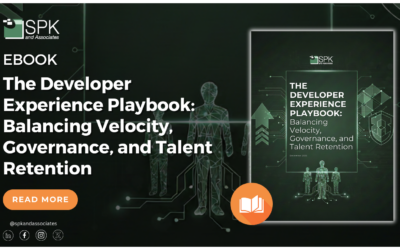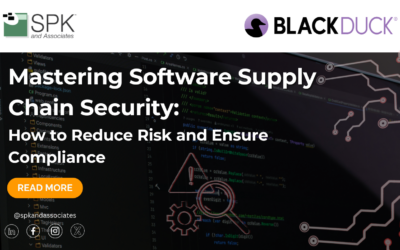Requirements management isn’t optional in many fields. Medical technology and finance are just two fields where regulatory compliance necessitates requirements management. You and other stakeholders simply must be in total agreement about the requirements of a given deliverable, including all relevant documentation, analysis, prioritization, test plans, and tracing. Requirements management is as important for you as it is for your customers, especially in heavily regulated industries.
Still, many companies seek to get away with the bare minimum when it comes to requirements management. They might see requirements management as a hinderance, a chore that gets in the way of productive work. However, requirements management, with the right tools, can be an integral part of your overall development process. Rather than adding to your engineers’ plate, it can actually reduce the amount of work they have to do. For example, requirements management can enable quicker completion of design changes and shorter testing cycles. Tracing and auditing — nearly every engineer’s least favorite part of their job — can be significantly streamlined.
Jama is a particularly effective requirements management tool. Many of SPK and Associates’ customers and partners choose it for their requirements management needs. One reason frequently cited is the intuitive nature of Jama. Engineers like, or at least don’t mind, using Jama. This means they’re more likely to employ the tool, rather than finding ways to avoid using it. What’s more, Jama is highly compatible with other cloud applications, including MS Project, and Atlassian’s JIRA, as well as a host of others.
But Jama comes with one glaring problem: It only calculates linear risk. Any first-year engineering student can tell you what a giant drawback that is. Risk is rarely linear, especially in the world of medical technology. Chances are good that your company just can’t afford to work with a tool that’s only capable of calculating linear risk. So you either make do and hope everything goes well, or you search for another tool, one that’s less intuitive and that your engineers are less likely to deploy.
SPK and Associates recently created a plug-in for Jama to handle non-linear risk for a client who, like many others, enjoys Jama but was hindered by its inability to handle the complex risk inherent in their industry. SPK and Associates makes scripts and modifications to Jama and other tools, adapting out-of-the-box solutions for the specific needs of your organization. The Jama plug-in is just one example of how SPK can modify existing software tools to meet your organization’s needs.
In fact, SPK’s speciality is taking software that comes very close to fitting your needs, then making modifications that make it fit your needs exactly. SPK and Associates doesn’t write a one-size-fits-all modification. SPK talks to your team, including your engineers, to find out what your specific needs and wants are. It all boils down to one simple question: What functions do your tools not perform that you wish they would, that would make your engineering processes more efficient?
You don’t have to throw out the baby with the bathwater, searching around for an entirely new tool or suite of tools to get the functionality you’re looking for. You can continue to use the tools your team is comfortable using, albeit with some minor but important modifications. Talk to SPK and Associates today about how SPK can modify your tools to help them meet your most pressing needs.
Take a look at how we can help you manage your applications or contact us to see how we can modify your tools to work for your specialized needs.






